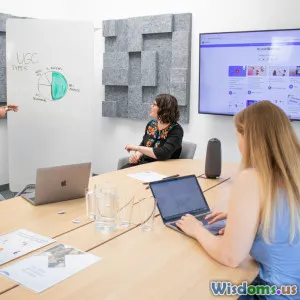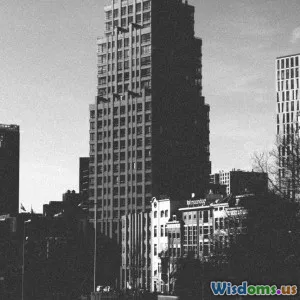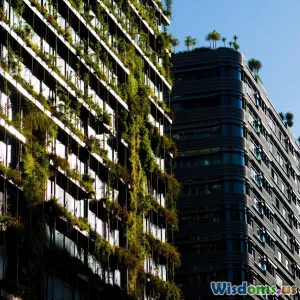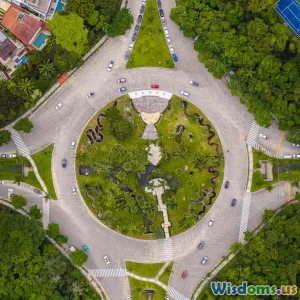
Green Design Trends Shaping Todays Urban Planning Curriculum
15 min read Explore key green design trends revolutionizing urban planning education and curriculum development for sustainable cities. (0 Reviews)
Green Design Trends Shaping Today’s Urban Planning Curriculum
Cities across the globe are witnessing a paradigm shift in their approach to urban development. As the twin challenges of climate change and rapid urbanization intensify, educational institutions charged with training tomorrow’s urban planners are radically updating their curricula. The push toward sustainability, efficiency, and resilience has brought green design from the periphery to the very heart of how we teach future city-makers. Let’s explore the game-changing green design trends now shaping urban planning education, illustrated with tangible examples and actionable strategies for educators and students alike.
Intertwining Nature and Architecture: Biophilic Urbanism

Biophilic urbanism—the idea of reconnecting people with nature in dense urban environments—is no longer an afterthought; rather, it’s becoming a foundational principle in urban planning syllabi worldwide. Today’s students explore the science and aesthetics of integrating vegetation, water, and topography into the fabric of cities. Courses use living examples like Singapore’s Gardens by the Bay and Milan’s Bosco Verticale, where high-rise towers are draped with native plants, as benchmarks for best practices.
Actionable tips for educators:
- Incorporate site visits (virtual or physical) to biophilic developments.
- Assign design challenges where students retrofit existing urban blocks with living walls or green roofs.
- Encourage research into mental health benefits, biodiversity gains, and air quality improvements linked to biophilic city design.
Concrete example: At Georgia Institute of Technology, the undergraduate urban design program now includes immersive modules on restorative landscapes and green corridors—knowledge intended to support both climate adaptation and citizen well-being.
Decarbonizing Cities: The Move Toward Net Zero
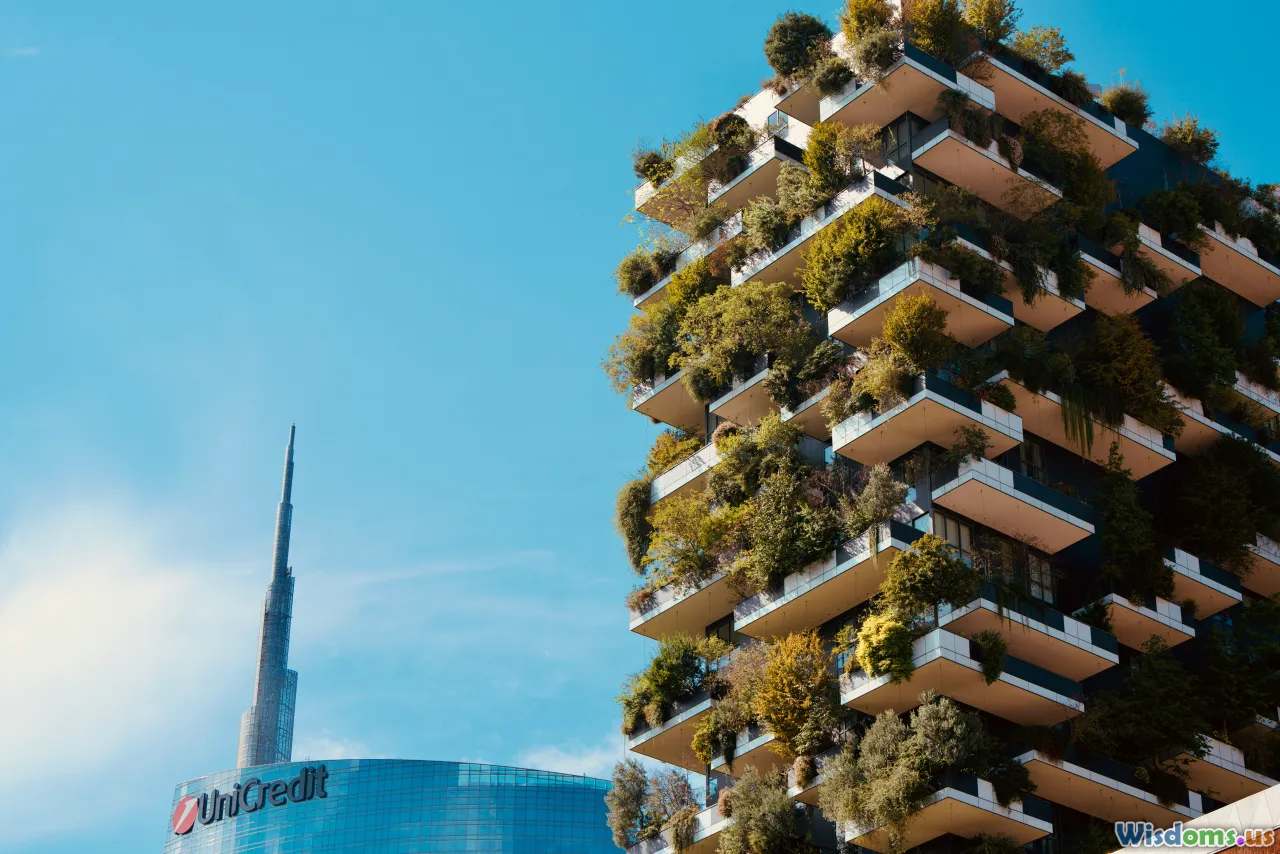
Climate change is forcing a race to drastically reduce urban carbon footprints. Achieving net-zero status—where buildings and communities balance their emissions by removing as much carbon as they produce—figures prominently in current urban planning teaching. Students are learning to model the lifecycle emissions of materials, advocate for electrification, integrate renewable energy, and push for adaptive reuse over demolition.
How major universities lead this shift:
- Delft University of Technology (TU Delft) integrates the UN Sustainable Development Goals, specifically SDG 13 (Climate Action), into course learning outcomes.
- MIT’s Urban Studies and Planning department focuses on hands-on neighborhood decarbonization studios, with student teams tackling local retrofits that reduce both emissions and urban heat.
- The University of Melbourne challenges its students with real-world carbon-neutral masterplan competitions, mimicking the types of briefs increasingly seen in practice worldwide.
Key concepts taught:
- Life-cycle analysis of building materials (concrete, steel, timber).
- Best practices in district-scale renewable energy (solar districts, geothermal grids).
- Urban mass transit and micro-mobility systems to minimize traffic emissions.
Embracing Circularity: Cradle-to-Cradle Approaches

The transition from a linear ‘take-make-dispose’ mentality to circular models is another fundamental curriculum update. Today’s students learn how urban economies can recapture waste as a resource, close loops on materials, and regenerate rather than deplete systems.
In practice, this includes:
- Material passports: Coursework now often covers the documentation of buildings' materials for eventual reclamation and reuse—mirroring Amsterdam’s innovative circular building registry.
- Deconstruction over demolition: Studios model how to efficiently dismantle old structures, recover high-value materials, and easily sort recycling streams.
- Urban nutrient loops: In-depth analysis of aerobic and anaerobic composting, with case studies like Stockholm’s bio-waste urban gardening pilot and New York City’s organic food waste drop-off points.
Educator advice: Reorienting studio projects around circular building and infrastructure lifecycles ensures graduates are conversant not only with green design theory but also with economic and logistical drivers of the regenerative city.
Resilience by Design: Climate Adaptation and Disaster Preparedness
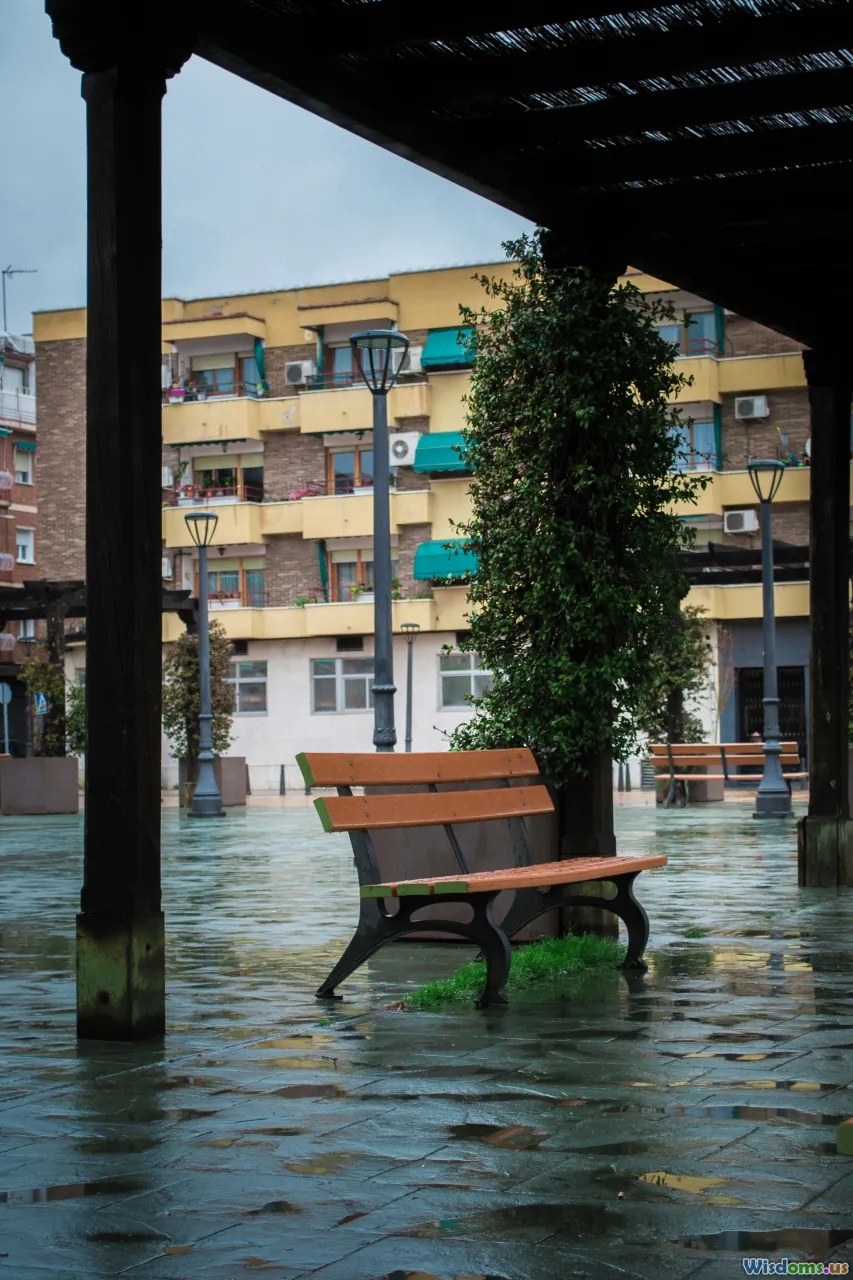
Resilience—interpreted both socially and ecologically—is a major driver in the evolution of course content. Planners—now as likely to consult on climate action as architects or engineers—require a nuanced grasp of emerging threats. Curricula assign focus to:
- Urban flood resilience, modeled after water plazas in Rotterdam or New Orleans’ Living with Water Strategy.
- Extreme heat mitigation, using blue-green infrastructure lessons from cities like Phoenix and Melbourne, which utilize reflective surfaces, native shade plantings, and cool-roof codes.
- Social equity in disaster risk reduction—how to create communities where vulnerable populations aren’t left behind during crises.
For practical teaching, universities frequently run simulation exercises where students must not only design neighborhoods for all seasons but also articulate short-term and long-term emergency response policies.
Noteworthy integration: The University of Manchester’s ‘Resilient Cities’ module gives students the real-world task of reimagining vulnerable districts, drawing from interdisciplinary partnerships with local government and NGOs.
Smart Technologies for Sustainability
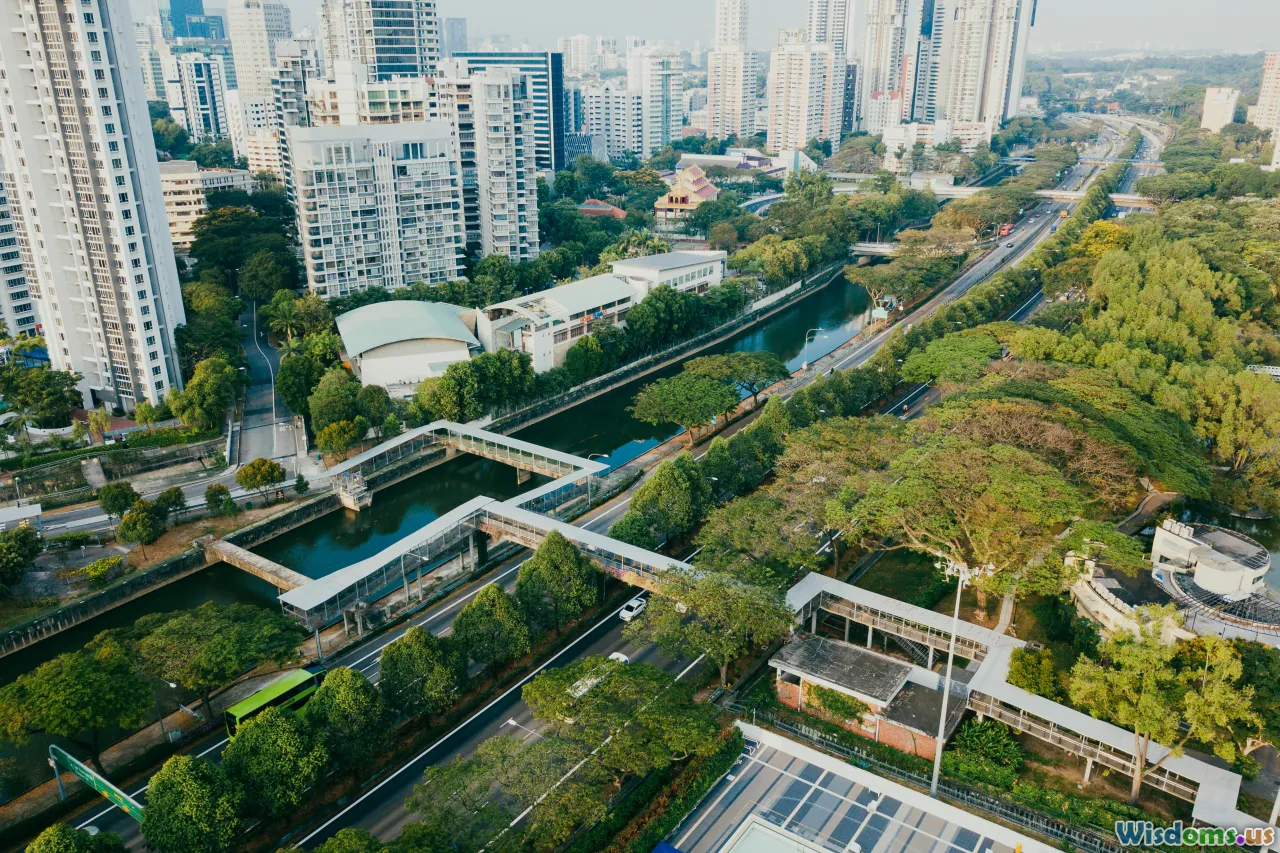
Urban planners now harness a suite of digital tools to craft more sustainable built environments. The rise of urban informatics—analyzing immense quantities of data for evidence-led planning—has catalyzed a new skillset requirement.
Key technologies featured in curricula:
- Internet of Things (IoT) sensors for real-time air and noise quality monitoring, exemplified by Barcelona’s superblock pilot projects.
- AI-driven energy management for optimizing building and district consumption patterns.
- GIS (Geographic Information Systems) for mapping heat islands, stormwater risk, green spaces, and accessibility.
Many programs mandate fluency in specific tools like ArcGIS, Rhino Grasshopper, or the Urban Observatory open-source dashboard. Beyond the technical proficiency, ethical concerns are woven into coursework: data privacy, governance, and digital divides are scrutinized alongside green gains.
Community-Centric Design: Co-Creation and Inclusive Planning

A sustainable city is only truly green if its innovations serve its whole population—not just a privileged few. The new wave of urban planning education emphasizes genuine community engagement, empowering stakeholders from project conception through execution.
Recent shifts in curricula include:
- Workshops on facilitating inclusive design charrettes and participatory mapping, modeled after processes in Medellín’s Metrocable neighborhoods or Cape Town’s inclusive park designs.
- Reflection assignments requiring students to analyze urban design’s impact through the lens of cultural diversity, accessibility, and affordability.
Schools also challenge students to bridge digital divides—ensuring green and smart infrastructures don’t marginalize further those lacking access to technology or social capital.
Application in the field: Portland State University, for instance, established an Urban Planning Action Lab that partners food-insecure communities with design students to co-create sustainable urban agriculture solutions.
Mobility Transformed: Active and Shared Transportation

Understanding and improving urban mobility systems now lies at the heart of sustainable planning. Curricula increasingly highlight the links between green mobility and social, environmental, and public health outcomes.
Trend highlights:
- Prioritization of ‘car-lite’ cities: Students redesign streets for walking, cycling, and e-mobility, referencing cities like Copenhagen where 62% of commuters bike to work.
- Micro-transit and shared systems: Exploration of on-demand, low-emissions shuttle networks as pioneered in Helsinki.
- Redesign for equity: Mapping mobility deserts and strategizing accessible transit options for all socioeconomic backgrounds.
Practical modules might include transit network analysis with real ridership data, or pilot proposals for new active transportation corridors through underserved neighborhoods.
Case study: In the University of Toronto’s graduate urban planning program, students directly collaborate with city planning departments to create tactical urbanism interventions, from pop-up bike lanes to pedestrian plaza prototypes.
Green Policy and Governance: From Policy to Practice

Policies and regulations drive, or inhibit, sustainable urban forms. To ensure students graduate able to effect system-wide change, leading urban design schools now infuse policy literacy throughout their programs.
Core curriculum concepts:
- Understanding zoning codes that enable (or block) eco-districts, community solar, and sustainable housing.
- Evaluating municipal climate action plans—how effective are Paris’s bike lane mandates or Tokyo’s carbon-neutral building incentives?
- Navigating intergovernmental frameworks, e.g., EU Green Deal or the C40 Cities global network.
Assignments might task students with writing comment letters, leading policy roundtables, or engaging in real-world stakeholder negotiations. Learning is brought to life via guest lectures from city councilors, NGO directors, or private-sector consultants enacting green policy on the ground.
Metrics and Measurement: Tracking Success, Avoiding Pitfalls

Teaching sustainable planning isn't just about vision—it's about accountability. Students are trained to apply metrics and certification systems that assess environmental and social impacts.
What’s being taught:
- How to use LEED-ND, BREEAM Communities, and WELL Community Standards as scoring frameworks.
- How to design post-occupancy surveys to solicit resident feedback on livability, safety, and comfort.
- Critical review of emerging technologies and pitfalls—like the risk of greenwashing when indicators are misused.
Assessment in these courses revolves around both quantitative and qualitative indicators. For example, students practice creating data dashboards, summarizing changes in stormwater runoff, tree canopy cover, and transit modal share.
Real-world application: The University of British Columbia’s Sustainability Reporting class partners graduating students with the City of Vancouver to audit neighborhood progress, iteratively refining indicators based on real city data.
Educator Strategies: Future-Proofing Urban Curricula

For faculty and administrators, the rapid evolution of green trends poses both challenge and opportunity. Continuous curriculum renewal is essential to keep pace with emerging technologies, policies, and societal expectations.
Suggestions for educators and program leaders:
- Embed interdisciplinary project work—physics, sociology, public health—into all green design studios.
- Champion global exposure by integrating case studies from diverse climate zones, incomes, and governance structures.
- Develop partnerships with municipalities, architecture offices, engineering firms, and community groups for experiential learning placements.
- Foster innovation labs where students experiment with low-carbon construction materials, digital data collection, and new policy tools firsthand.
- Create alumni networks to mentor current students, spreading lessons from practice back into the classroom, and vice versa.
Just as sustainable cities are never truly finished, the green urban curriculum is a living document—evolving as practitioners, communities, and environmental realities shift. By embracing emerging trends and embedding them in teaching, planners of the future will be prepared to design cities not only for resilience and beauty, but for the common good and thriving environments—now and for generations to come.
Rate the Post
User Reviews
Other posts in Urban Planning
Popular Posts










